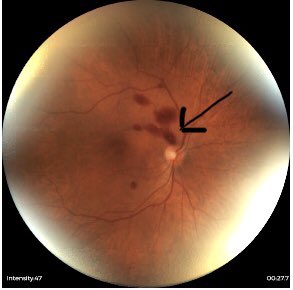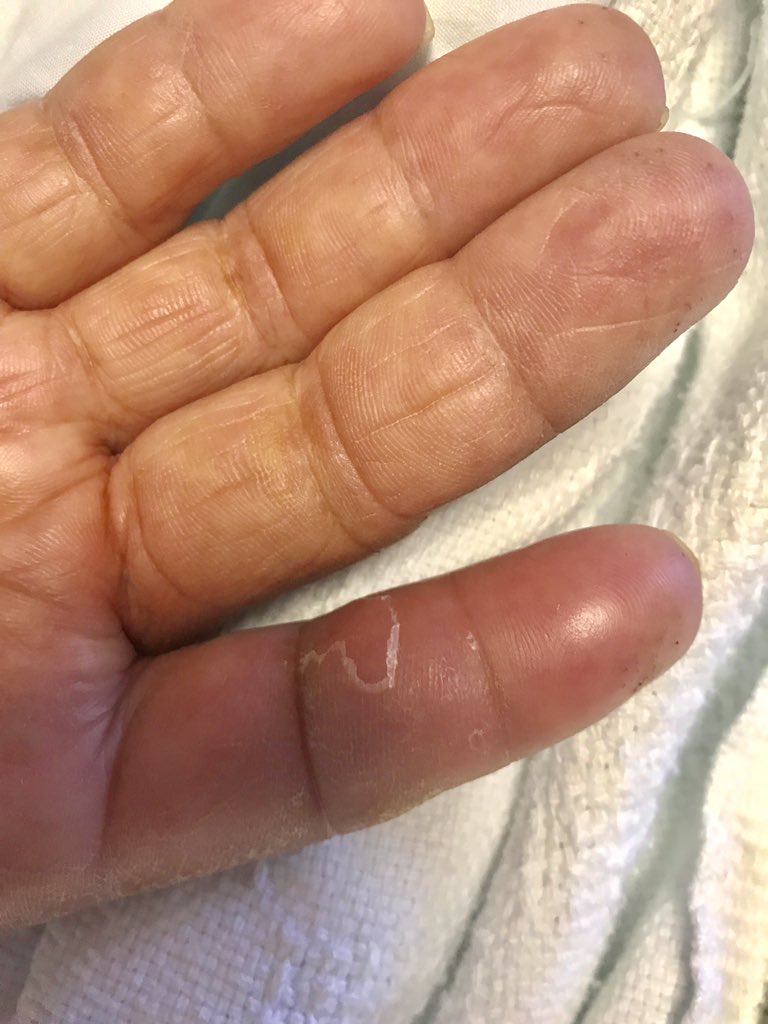
@davidvanduin
1. AmJTropMedHyg,75(5),2006, pp 790-797 (photos screenshot from this article)
2. Barrera et al. eLife 2018;7:e32208
3. Nature Medicine 10,143-145 (2004).
4. ARCH OPHTHALMOL/VOL 120, FEB 2002
5. cdc.gov/malaria/new_in…
6. veatchinstruments.com/about-ophthalm…
11/











